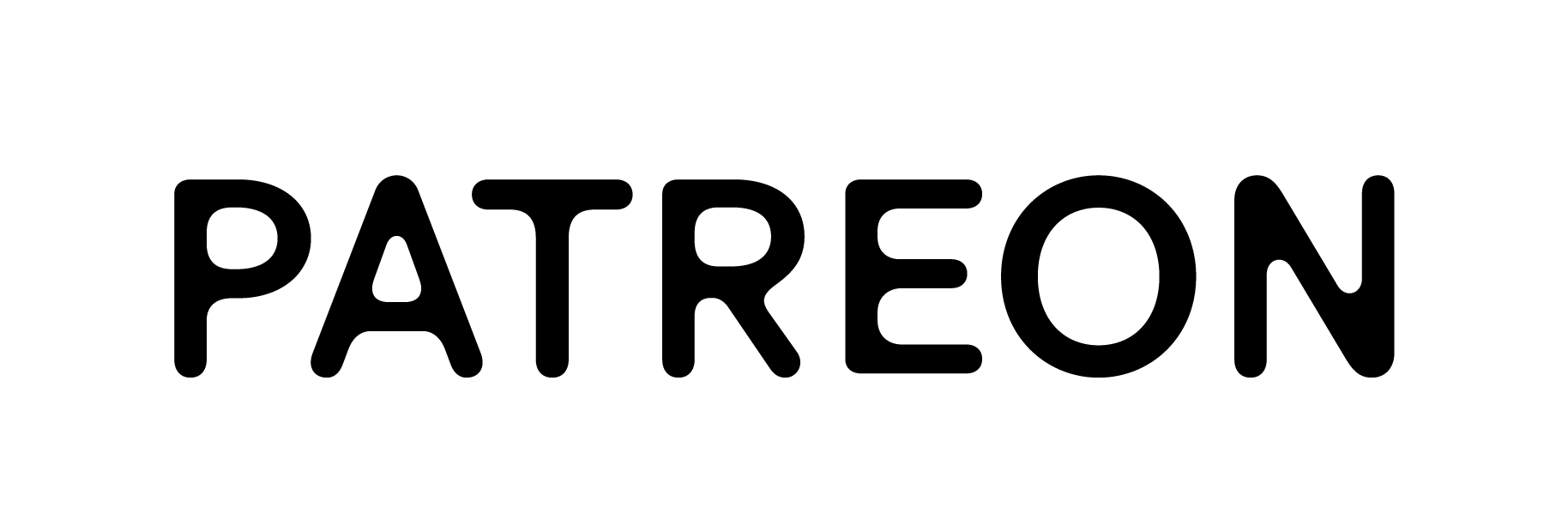You may have difficulty keeping your board flat in your Pop Shove-it. Considering some skaters can Pop Shove-it, Treflip, and even Pressure flip with the same foot placement, foot placement shouldn't be the only factor that flips the board. This time, we will study what the foot placement does in Pop Shove-it and why it flips.
Summary
Does the foot placement cause a flip?
It can. Avoid putting your back foot on the edge of the tail to prevent an accidental scoop. But putting it where you feel comfortable is more important to assist an even bigger factor: weight distribution.
Why does your board flip in the kickflip direction?
It's because you are scooping the tail. By doing so, your rear truck tries to return to its original state, pushing your deck back up and eventually causing a flip.
Why does your board flip in the heelflip direction?
You are popping the tail too early. Without lifting your body weight, you may pressurize the tail of your board unnecessarily far forward, causing it to flip.
Simulation
The flipping problem
Is it really because of the foot placement?
Do you have experience putting your backfoot in the center of the tail, and it still flips in Pop Shove-it? I do.
Later I realized I could spin my Pop Shove-it with my backfoot placed in the pocket of the tail instead of the center of it. Does the foot placement even have anything to do with the flipping problem? Let's science it.
The board could flip in both directions. So let's diagnose the symptoms first.
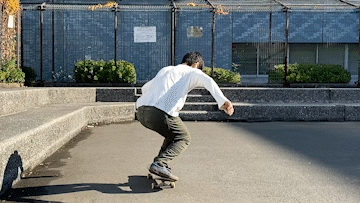
Type A: the kickflip type
Symptoms
This is when your board flips in the kickflip direction and is indicated by your wheels facing the heel side.

Why does it happen?
Type A is the same thing we discussed throughout the previous episodes.
If you spin your back foot around the z-axis as you pop (or if you scoop), you pinch down the rear truck. Then the rear truck tries to return to its original state and flips your board, which is how a Treflip works.

How to avoid this problem?
Let the tail become the last part that hits the ground, so your rear truck can disperse its energy into the air without causing a problem. Put your backfoot anywhere you feel comfortable(even in the pocket) as long as you can do that.
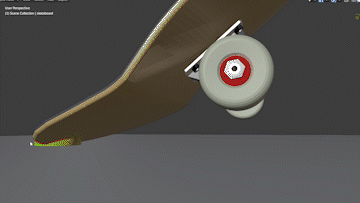
Foot placement
Placing it in the center of the tail helps you avoid scooping it unintentionally while you can place it anywhere you feel comfortable. If you do so, you can practically scoop or twist your backfoot as hard as possible while keeping your board flat. **It doesn't HAVE TO be in the center. I put mine in the pocket.

Type B: the heelflip type
Symptoms
This time your board does a heelflip rotation, and your wheels face the toe side.

Why does it flip in the other direction with the same foot placement?
What a mystery that your board sometimes flips in the other direction with identical foot placement.
To understand this, let's imagine when you pop right. The tail of your board should vertically hit the tail and pops back up. If you send the toe side of the tail in the direction you are going, it flips. You might wind up doing this unintentionally, depending on the timing.
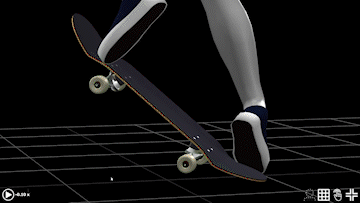
What popping too early does
In other words, if you pop too early, your board turns earlier than it should.
This makes it difficult for you to pop straight down, and you may also wind up flipping it by letting one side of the tail hit the ground, making it easier for your back foot to scoop it forward accidentally.
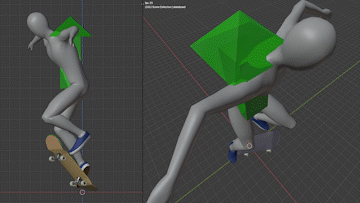
How to avoid this symptom?
Separate jumping and popping.
Ensure your body is going up by the time you pop to avoid this. Use your thighs and raise your body first and wait for the right time to pop.
Placing your back foot closer to the center of the tail helps you better control your board. But as long as your toe is on the toe side of the tail, the problem will persist.
So once again, the back foot's placement is not a direct cause of the problem. Instead, what's fundamentally important is to raise your body first and pop down the tail afterward.
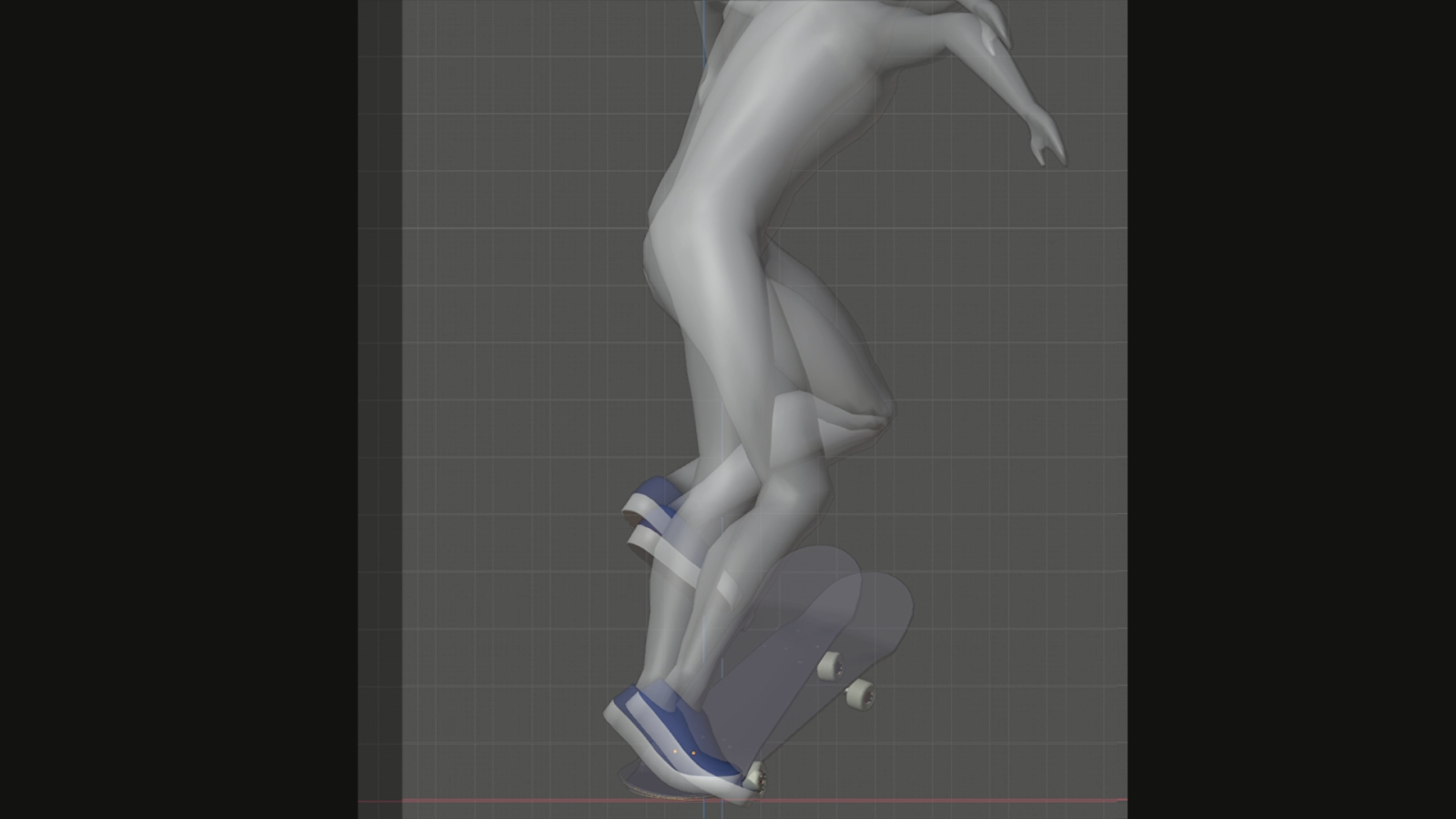
Type C: the catch and flip type
When it flips flat, but flips after catching
That is when you flip your board after catching it. Since this has much to do with weight distribution, we will discuss this in the following content
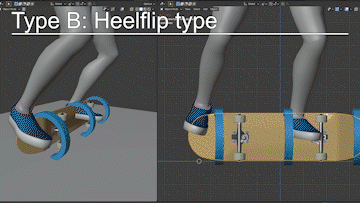

 Convert your video into 3D
Convert your video into 3D Facebook
Facebook Twitter
Twitter



